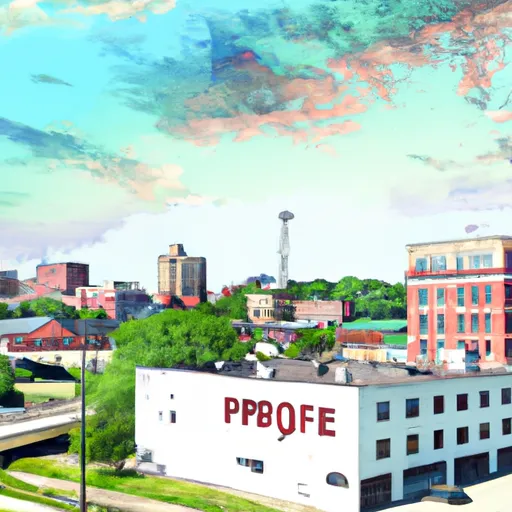°F
°F
mph
Windspeed
%
Humidity











Portage, Ohio is a small village located in Wood County, in the northwestern part of the state. The climate in Portage is considered to be a humid continental climate, characterized by hot, humid summers and cold, snowy winters. Average summer temperatures range from the high 70s to low 80s Fahrenheit, while winter temperatures can drop to the low 20s.
Hydrologically, Portage is situated near the Portage River, which flows through the village. The river provides opportunities for fishing, canoeing, and kayaking. The Portage River is home to various species of fish, including smallmouth bass, catfish, and walleye, attracting anglers from the area.
Outdoor recreation opportunities in Portage are abundant. The village offers a variety of parks and green spaces for residents and visitors to enjoy. Portage Village Park features walking trails, picnic areas, and playgrounds. The nearby Otsego Park provides camping facilities, hiking trails, and fishing spots along the river. Additionally, there are opportunities for birdwatching, hunting, and wildlife observation in the surrounding natural areas.
Overall, Portage, Ohio offers a pleasant climate, access to the Portage River, and a range of outdoor recreation opportunities for nature enthusiasts.
Weather Forecast
Portage receives approximately 872mm of rain per year, with humidity levels near 83% and air temperatures averaging around 10°C. Portage has a plant hardyness factor of 6, meaning plants and agriculture in this region thrive during a short period during spring and early summer. Most plants will die off during the colder winter months.
Regional Streamflow Levels
939
Cubic Feet Per Second
66
Cubic Feet Per Second
462
Cubic Feet Per Second
1,050
Cubic Feet Per Second
Nearby Camping
| Camping Area | Reservations | Toilets | Showers |
|---|---|---|---|
| Holly State Rec Area | |||
| Groveland Oaks County Park | |||
| Murray Lake - Brighton Rec Area | |||
| Pontiac Lake State Rec Area | |||
| Highland State Rec Area | |||
| Seven Lakes State Park |



